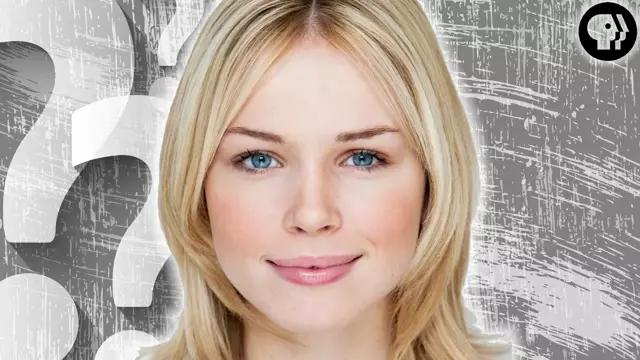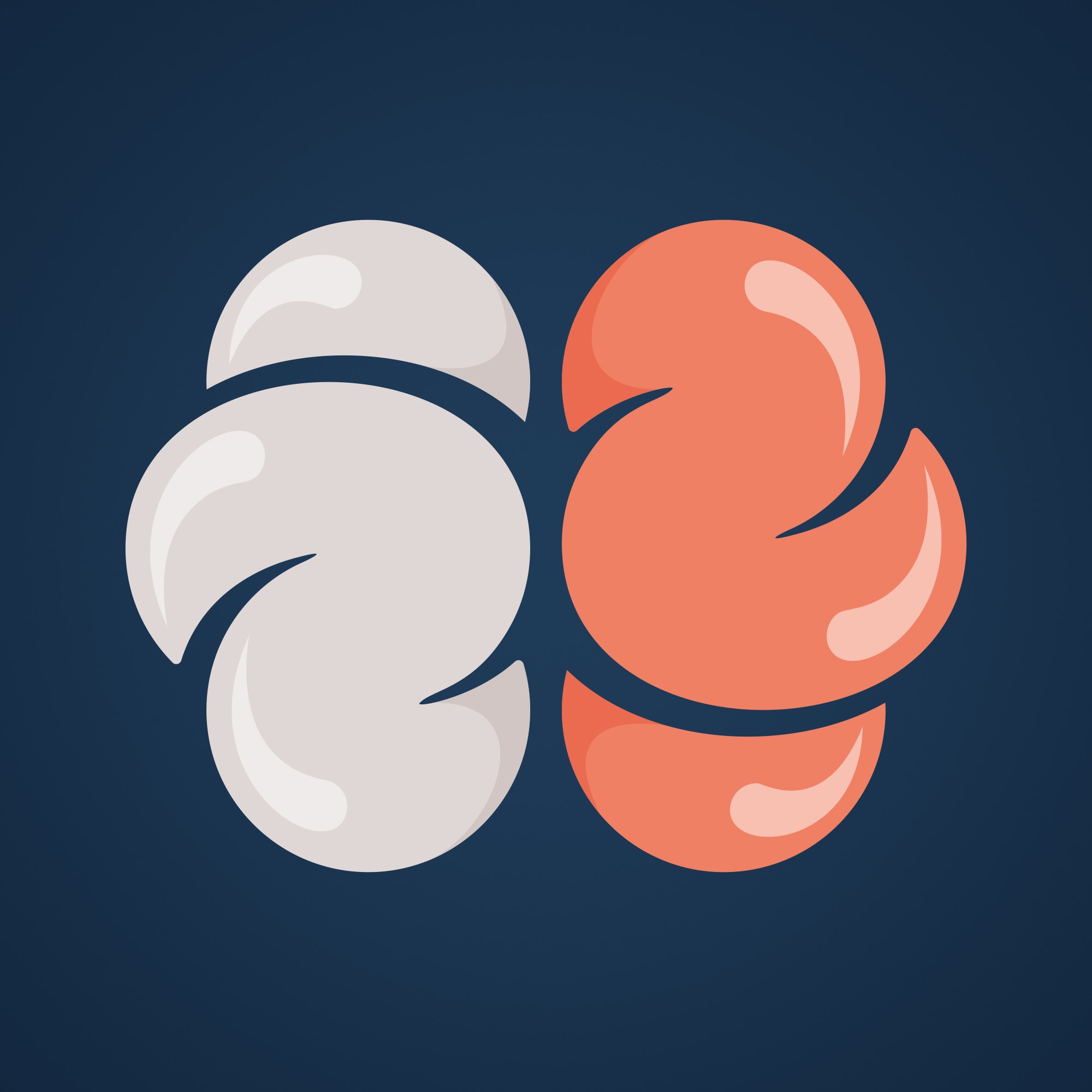2015-07-09
[unlisted] 486K views, 6.09K likes, 411 dislikes audio only
4KCan we define beauty?
SUBSCRIBE to BrainCraft! Click here: http://ow.ly/rt5IE
↓ MORE LINKS AND REFERENCES BELOW ↓
BrainCraft is written and hosted by Vanessa Hill for PBS Digital Studios. Talking psychology, neuroscience & why we act the way we do.
Stop motion: Vanessa Hill (https://twitter.com/nessyhill)
Sound design: Joel Werner (http://joelwerner.com)
Director of photography: Jake Roper (http://www.youtube.com/vsauce3)
Keep in touch!
Snapchat: nessyhill
Twitter https://twitter.com/nessyhill
Instagram https://instagram.com/nessyhill
Tumblr http://braincraft.tumblr.com
Facebook https://www.facebook.com/Braincraft
More BrainCraft!
Four Weird Audio Illusions! /youtube/video/kbzL9PxtFf0
Are You Paying Attention? /youtube/video/t4svQ-CGpII
Face images via faceresearch.org, which is an awesome site to check out and average some faces.
MUCH REFERENCE
Francis Galton
Benson'll, P. J., & Perrett, D. I. (1993). Extracting prototypical facial images from exemplars. Perception, 22, 257-262. http://www.perceptionweb.com/fulltext_temp/0/p220257.pdf
J. T. Stoddard
Stoddard, J. T. (1886). Science, 8, 89-91. http://www.sciencemag.org/content/ns-8/182/89.2.extract
Facial beauty
Rhodes, G. (2006). The evolutionary psychology of facial beauty. Annu. Rev. Psychol., 57, 199-226. http://www2.psych.ubc.ca/~schaller/Psyc591Readings/Rhodes2006.pdf
The beauty of averageness
Langlois, J. H., & Roggman, L. A. (1990). Attractive faces are only average. Psychological science, 1(2), 115-121. https://labs.la.utexas.edu/langloislab/files/2015/04/Langlois.PS_.1990.pdf
Langlois, J. H., Roggman, L. A., & Musselman, L. (1994). What is average and what is not average about attractive faces?. Psychological science, 5(4), 214-220. https://labs.la.utexas.edu/langloislab/files/2015/04/Langlois.PS_.1994.pdf
Rubenstein, A. J., Langlois, J. H., & Roggman, L. A. (2002). What makes a face attractive and why: The role of averageness in defining facial beauty. https://labs.la.utexas.edu/langloislab/files/2015/04/attractiveness.pdf
More on Langlois social development lab: https://labs.la.utexas.edu/langloislab/face-perception/the-beauty-of-averageness/
Babies
Rubenstein, A. J., Kalakanis, L., & Langlois, J. H. (1999). Infant preferences for attractive faces: a cognitive explanation. Developmental psychology, 35(3), 848. [$] http://psycnet.apa.org/journals/dev/35/3/848/
Symmetry
Rhodes, G., Proffitt, F., Grady, J. M., & Sumich, A. (1998). Facial symmetry and the perception of beauty. Psychonomic Bulletin & Review, 5(4), 659-669. http://www.researchgate.net/profile/Alexander_Sumich/publication/225775645_Facial_symmetry_and_the_perception_of_beauty/links/54ad87860cf2828b29fcaba3.pdf
Jones, B. C., Little, A. C., Penton-Voak, I. S., Tiddeman, B. P., Burt, D. M., & Perrett, D. I. (2001). Facial symmetry and judgements of apparent health: support for a “good genes” explanation of the attractiveness–symmetry relationship. Evolution and Human Behavior, 22(6), 417-429. http://www.alittlelab.stir.ac.uk/littlelab/pubs/Jones_01_perception_symandhealth_EHB.pdf
Waist to hip ratio
Singh, D., Dixson, B. J., Jessop, T. S., Morgan, B., & Dixson, A. F. (2010). Cross-cultural consensus for waist–hip ratio and women's attractiveness. Evolution and Human Behavior, 31(3), 176-181. http://www.researchgate.net/profile/Alan_Dixson/publication/247233748_Cross-cultural_consensus_for_waisthip_ratio_and_women's_attractiveness/links/54dea7980cf2510fcee464fd.pdf
Beard science
Dixson, B. J., & Brooks, R. C. (2013). The role of facial hair in women's perceptions of men's attractiveness, health, masculinity and parenting abilities. Evolution and Human Behavior, 34(3), 236-241. http://www.ehbonline.org/article/S1090-5138(13)00022-6/abstract
Genes
Wedekind, C., Seebeck, T., Bettens, F., & Paepke, A. J. (1995). MHC-dependent mate preferences in humans. Proceedings of the Royal Society of London B: Biological Sciences, 260(1359), 245-249. http://www.iee.unibe.ch/unibe/philnat/biology/zoologie/content/e7493/e7854/e8920/e681480/Wedekindetal1995Mhc-dependentmatepreferencesinhumans.pdf
Winternitz, J. C., Abbate, J. L., Karki, S., Bhatta, D. N., Aryal, U. R., Nakamura, T., ... & Cheng, J. Q. (2015). Examining the evidence for major histocompatibility complex-dependent mate selection in humans and nonhuman primates. Risk Management and Healthcare Policy, 8, 81-89. http://www.researchgate.net/profile/Jessica_Abbate/publication/276353937_Examining_the_evidence_for_major_histocompatibility_complex-dependent_mate_selection_in_humans_and_nonhuman_primates/links/5557841008ae6943a874b12a.pdf
Survival of the prettiest
Etcoff, N. (2011). Survival of the prettiest: The science of beauty. Anchor. http://www.amazon.com/gp/product/0385479425
/youtube/video/07MzPrkwJsw?t=127.409
/youtube/video/07MzPrkwJsw?t=145.14999
/youtube/video/07MzPrkwJsw?t=173.008
/youtube/video/07MzPrkwJsw?t=203.13

